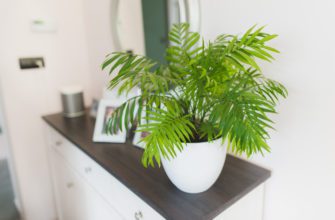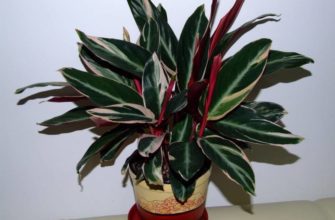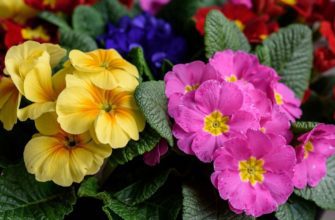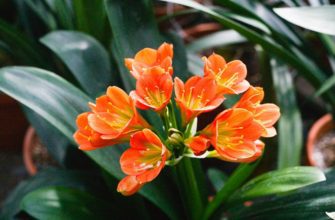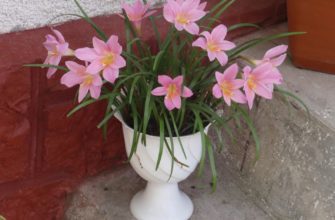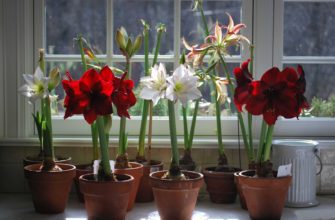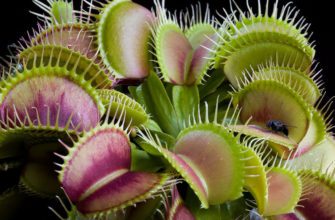Houseplants are an integral part of our home interiors, adding beauty and freshness to our daily lives. One such popular indoor plant is Syngonium. Syngonium is a plant that attracts attention with its unique foliage and attractive flowers.
In this article, we will look at various aspects of caring for syngonium at home, and also delve into the world of its species diversity and varietal variations. We will learn how to properly propagate syngonium and how to provide it with optimal conditions for prosperity. We will also look at the issue of safety to determine whether syngonium is poisonous or not.
If you are interested in various indoor plants and want to learn more about syngonium, then this article will help you to uncover all its secrets and learn how to care for this beautiful plant. Let's begin our journey into the world of syngonium and discover its amazing features.
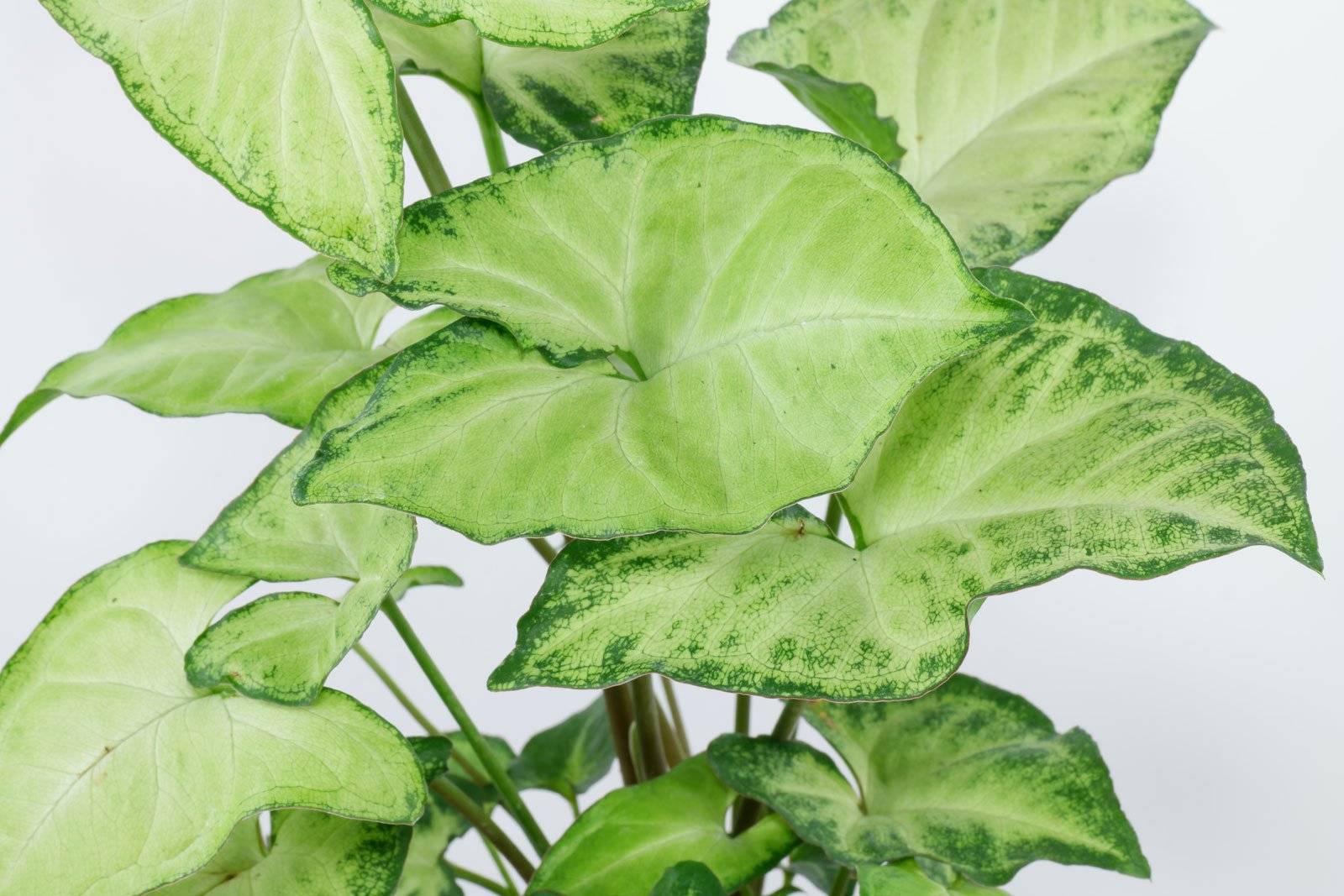
General description of syngonium
Syngonium is a plant that attracts attention with its beautiful foliage and magnificent flowers. It belongs to the Araceae family and is native to the tropical forests of Central and South America.
Syngoniums are popular indoor plants due to their unpretentiousness and attractive appearance. The description of syngonium includes the following characteristics:
- Foliage: Syngonium usually has attractive and varied foliage. The leaves can be heart-shaped, oval or arrow-shaped. They are distinguished by different shades of green - from bright green to dark green. Many species of the plant have a marbled or spotted pattern on the leaves, which gives them additional decorativeness.
- Size: Syngoniums can range in size from compact plants that reach a height of about 30 cm to large specimens that can reach a height of up to 1.5 meters. This makes these plants suitable for a variety of conditions and for landscaping both small and spacious spaces.
- Flowers: Syngonium has small and insignificant flowers collected in specific inflorescences called spikelets. The flowers of the plant are usually inconspicuous and are not the main decorative feature of this plant. However, some species of syngonium can produce attractive flower spikelets that add bright colors to the overall appearance of the plant.
- Diversity of species and varieties: Syngoniums come in many species and cultivars with different foliage shapes and colors. Some popular species include: Singonium podophyllum, Singonium picturatum, Singonium erythrophyllum, and Singonium angustifolium. Syngoniums are also available in a variety of cultivars with different leaf patterns, such as marbled, striped, or spotted.
- Tropical origin: Syngoniums are rainforest plants and therefore prefer conditions with high humidity and warmth. They thrive in shady areas or indirect light, making them ideal for indoor growing.
Syngoniums are attractive houseplants with varied foliage and are easy to care for. Their beauty and decorative qualities make them ideal for use in home or office landscaping.
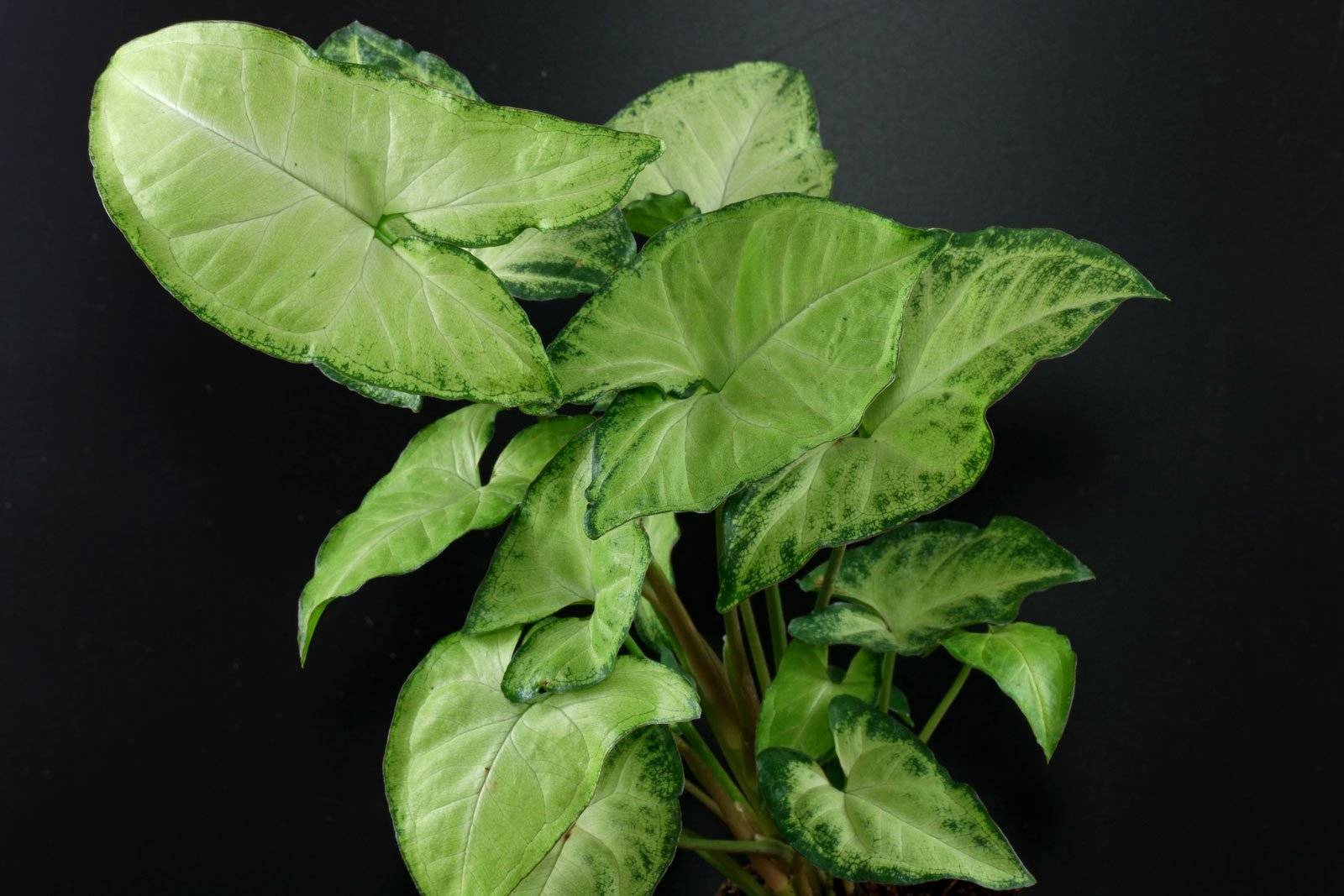
Types and varieties of syngoniums
Syngonium (lat. Syngonium) is a plant from the Araceae family, which is found in tropical regions of Central and South America. Syngoniums are loved by gardeners and indoor plant lovers for their glossy, heart-shaped leaves with various patterns and spots. There are more than 30 species of syngonium in nature, but the most popular are:
- Syngonium Podocarpum (Syngonium podophyllum). This is the most common type of syngonium grown indoors. The plant has large, heart-shaped leaves that are bright green, and mature plants can take on a purple-red hue. Although it is widely known as a home decoration plant, the young leaves of the syngonium podocarpum are edible and can be used in salads.
- Syngonium Auricarboni (Syngonium auritum). This type of syngonium is known for its large, glossy leaves with green and yellow hues. The plant grows quickly and can reach 1.8 meters in length.
- Syngonium Rutundifolium (Syngonium rotundifolium). This type of syngonium differs from others in that its leaves are smaller and round. Their color can be green or golden. The plant has a tree silhouette and is used to create vertical green walls.
- Maximovich syngonium (Syngonium macrophyllum). Syngonium maximowiczii is one of the most decorative types of syngoniums. Its leaves are large (up to 50 cm long), glossy and pink-brown in color.
- Syngonium Hilfinger (Syngonium hildebrandii). This type of syngonium has smooth, shiny green leaves that gradually darken at the edges. The plant is quite exotic and rare, so it has gained great popularity among plant collectors.
And these are just some of the types of syngoniums that are in great demand among indoor plant lovers and gardeners. In addition, there are many hybrids and different varieties of syngoniums that differ in shape, color and size of leaves.
Each syngonium has its own characteristics and care requirements, so before purchasing any variety, it is worth acquiring the relevant information.
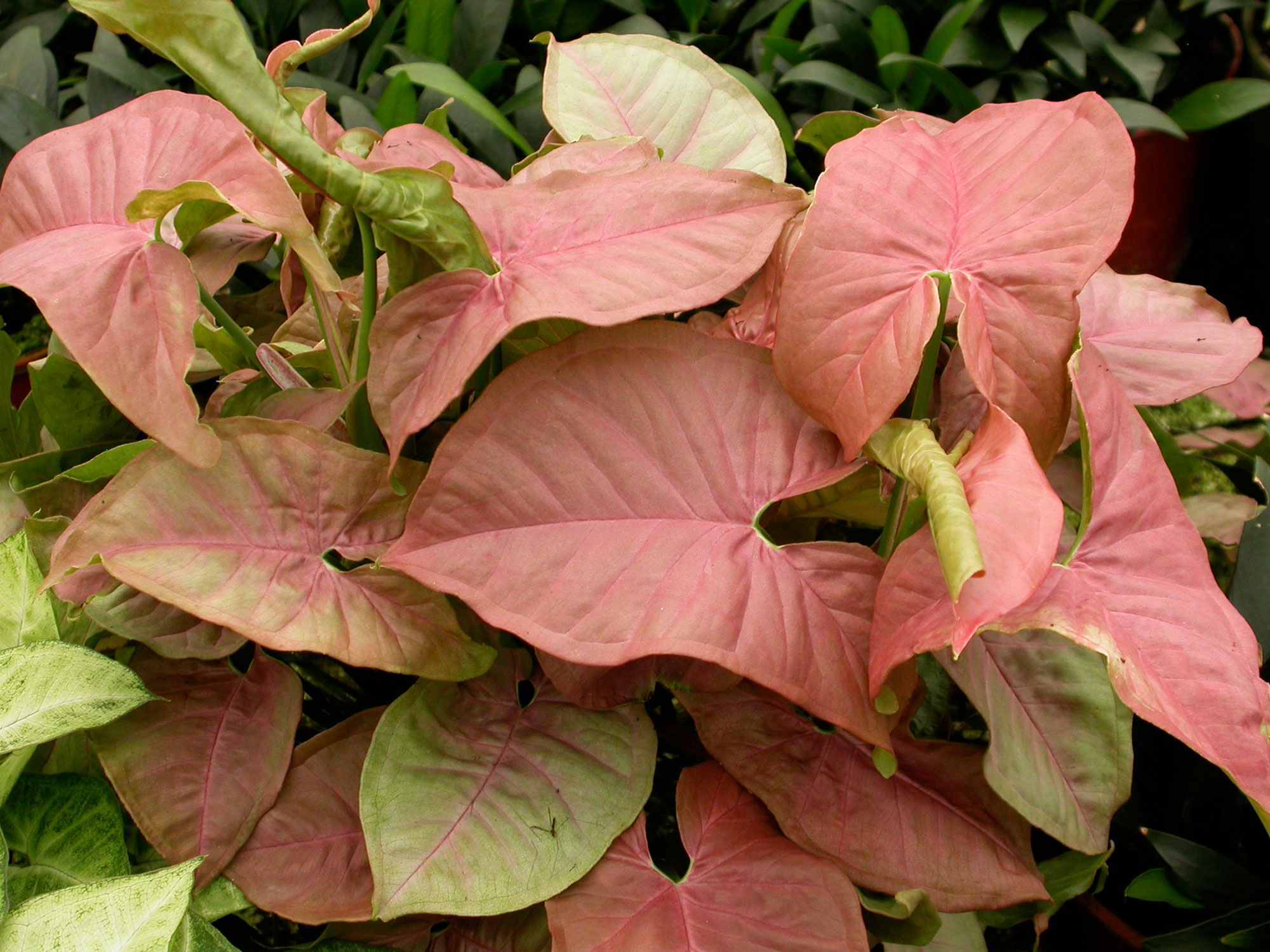
Syngonium as a houseplant
Syngonium is a great choice for a houseplant and is very popular among indoor plant lovers. Its attractive foliage, ease of care, and ability to adapt to various conditions make it an ideal addition to the interior of the home or office.
Here are some key reasons why syngonium is so prized as a houseplant:
- Ornamental foliage: Syngonium has a variety of attractive foliage that becomes the center of attention in the room. The leaves can have different shapes, such as heart-shaped, oval or arrow-shaped, and a variety of color combinations. Many species of the plant have marbled, spotted or striped patterns on the leaves, which adds to their appeal. With this variety of foliage, syngonium is able to create bright and picturesque accents in the interior.
- Ease of care: Syngoniums are plants that do not require much effort in care. They are unpretentious and adaptable to various conditions. Plants can grow both in bright, diffused light and in conditions with partial shade. They cope well with a lack of light and can thrive even indoors with limited access to sunlight. They also have good adaptability to air humidity and can survive in conditions of normal home humidity without special requirements for humidifiers.
- Air purifying properties: Syngoniums, like many other indoor plants, are excellent air purifiers. They are able to absorb harmful substances and clean the air in the room. Plants are especially effective in filtering harmful substances such as benzene, formaldehyde and toluene, which can be released from furniture, carpets and chemical products.
- Ease of propagation: Syngoniums are highly reproducible. They can be propagated by cuttings, division of the bush or by apical cuttings. This makes them available for propagation and further distribution in your home or among friends and family.
Syngoniums offer a wonderful balance between beauty and easy care, making them attractive to a wide range of gardeners. They can be a great addition to any interior and create an atmosphere of freshness and liveliness in your home.
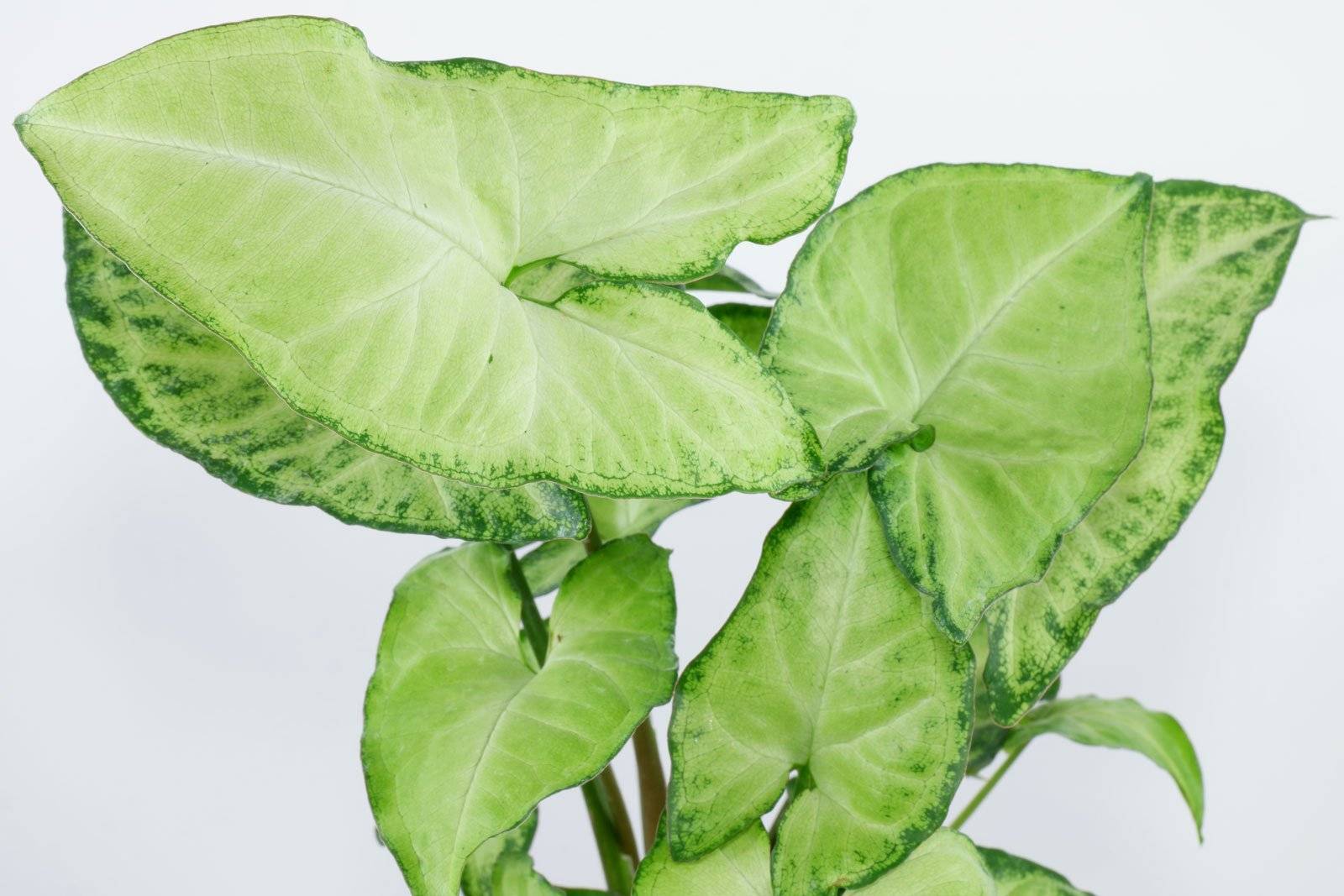
Caring for syngonium
Syngonium is a beautiful and popular plant that is distinguished not only by its decorative appearance, but also by its ease of care. To maintain the green splendor of syngonium, it is necessary to follow several simple rules:
- Lighting: Syngonium prefers bright, diffused light, but does not tolerate direct sunlight. When grown indoors, it should be placed on an east- or west-facing window to prevent the leaves from overheating.
- Temperature: Syngonium is heat-resistant, but does not tolerate low temperatures. The optimal temperature for growing syngonium is from 18 to 25 degrees Celsius. In addition, the plant does not tolerate drafts, so it should not be placed near ventilation holes.
- Watering: Syngonium prefers moderate watering, which should be done only when the soil is completely dry. Fertilizing the plant in the summer should be done once a week, and in the winter - once every two to three weeks. With excessive watering and stagnant water, the leaves of the syngonium may begin to turn yellow and fall off.
- Humidity: Syngonium prefers high humidity and regular spraying. To create the necessary conditions, you can place the plant in a room with a humidifier or near a surface that is constantly moistened (for example, a bathtub). In addition, the leaves can be treated with water procedures using syngonium.
- Trimming: Regular pruning stimulates the growth of new leaves, forms a beautiful crown and improves the appearance of the syngonium. To weave a bush, it is necessary to remove all old and damaged branches and leaves.
Syngonium is an unpretentious plant that can become a bright accent in any room. Following simple rules of care, you can preserve its beauty and health for many years.
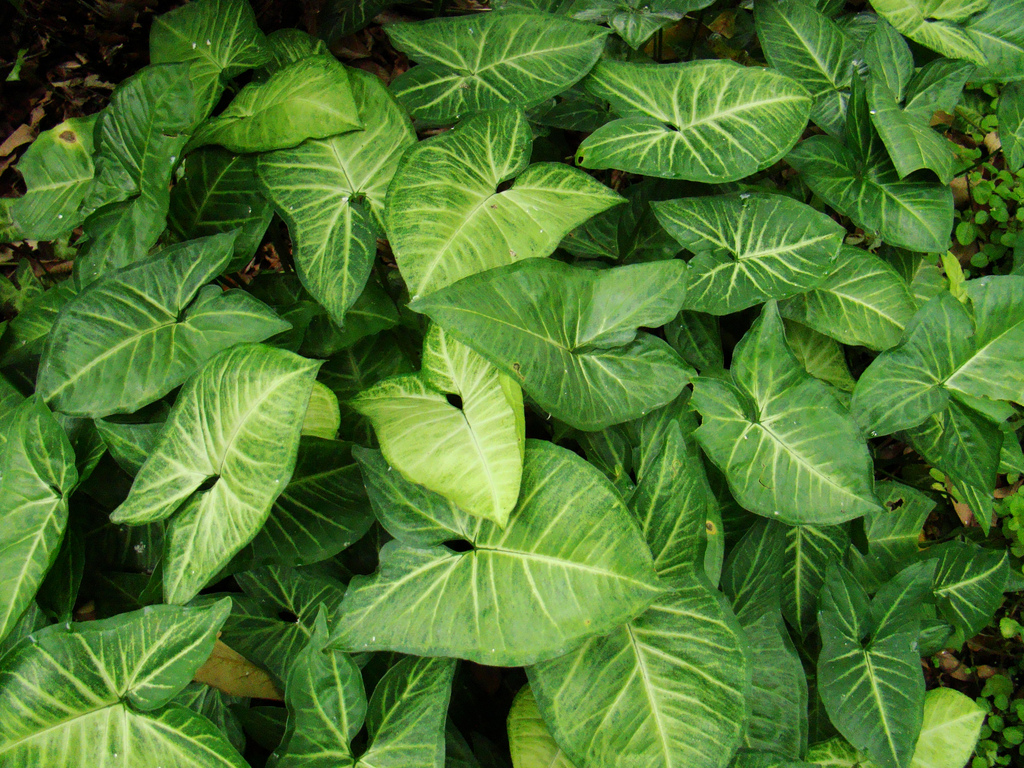
Reproduction of syngonium
Syngonium propagation can be achieved in several ways, including cuttings, division, and apical cuttings. Here is a detailed description of each of these methods of propagating syngonium:
- Cuttings: Cutting is one of the most common and simple methods of propagating syngonium. To do this, choose healthy stems with several leaves and separate them from the mother plant. Then, on the selected stem, make cuts or slices at the nodal points and place it in a container with a moist and nutritious substrate, such as a mixture of peat and perlite. The cutting should be constantly kept moist, regularly moistening the substrate, but avoiding over-watering it. In a few weeks, new roots will appear, and then the young plant can be transplanted into a permanent pot.
- Dividing the bush: Dividing the plant is another effective way to propagate syngonium. It is especially useful when you have a mature growing plant with several stems. Carefully remove the syngonium from its pot and divide it into several parts, so that each part has roots and some foliage. Plant each part in separate pots with suitable soil. Place them in a bright place and provide regular watering to help the roots take root and the new plants grow.
- Apical cuttings: Apical cuttings are used to propagate syngonium while maintaining its main genetic characteristics. Select a healthy apical cutting of syngonium, preferably with several leaves. Cut it at an angle and place it in a container with water or a mixture of water and rooting powder. Maintain moisture and light around the cutting, changing the water in the container every few days. When the cutting begins to show roots in about 2-4 weeks, you can transplant it into a pot with suitable soil.
It is important to remember that when propagating syngonium, it is necessary to provide optimal conditions for successful rooting and growth of new plants. This includes bright but diffused lighting, constant soil moisture, and maintaining normal temperature and air humidity.
By practicing these propagation methods, you can get additional specimens of syngonium to decorate your home or give them to your friends and family.
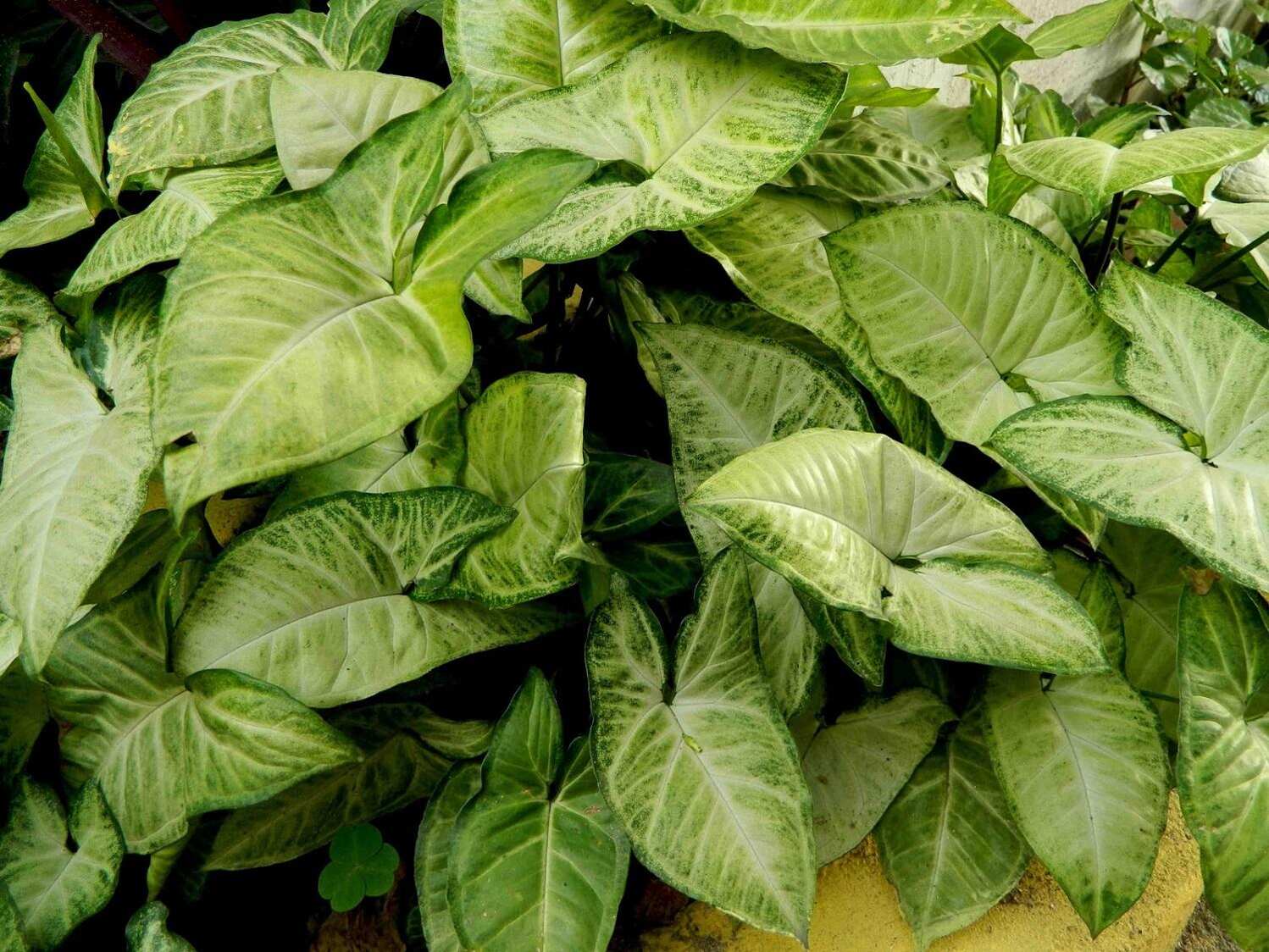
Safety Question: Is Syngonium Poisonous or Not?
Syngonium is not a poisonous plant, but it can cause irritation of the skin and mucous membranes when in contact with its juice. Some plants contain toxic and hazardous components that can cause intoxication and even death if accidentally swallowed or if the skin is damaged.
However, syngonium does not belong to such plants and does not pose a threat to human health. Nevertheless, when working with syngonium, certain precautions should be taken.
Firstly, it is necessary to wear gloves when pruning the plant to avoid contact with its juice. Secondly, if the plant comes into contact with the skin of the face, eyes and mucous membranes of the mouth, they should be thoroughly washed with water.
Overall, syngonium is a safe and easy to grow plant that can add beauty to any space and does not pose any serious safety concerns as long as proper care is taken when handling it.
The attractiveness and popularity of syngonium
Syngonium is one of the most popular houseplants due to its attractiveness, resistance and durability. Syngonium looks attractive due to its bright, perennial, leathery leaves that can be green, yellow or red.
Its wide, distinctive leaves look elegant and add vitality and beauty to the room. In addition, syngonium can grow to a considerable size, which makes it even more impressive. Syngonium is a relatively resistant plant. Syngonium can be grown in many conditions and on various soils, they do not require frequent watering and care.
It easily adapts to indoor conditions, making it particularly attractive to busy people who don't want to spend a lot of time caring for plants.
Finally, syngonium has a fairly long life cycle, which makes it even more attractive. By properly caring for syngonium, you can enjoy its beauty and material well-being for several years.
Overall, the appeal and popularity of syngonium is due to its elegant appearance, high resistance and durability. This plant is a good choice for those who want to add beauty and vitality to their home environment, provided that the necessary care is taken.

